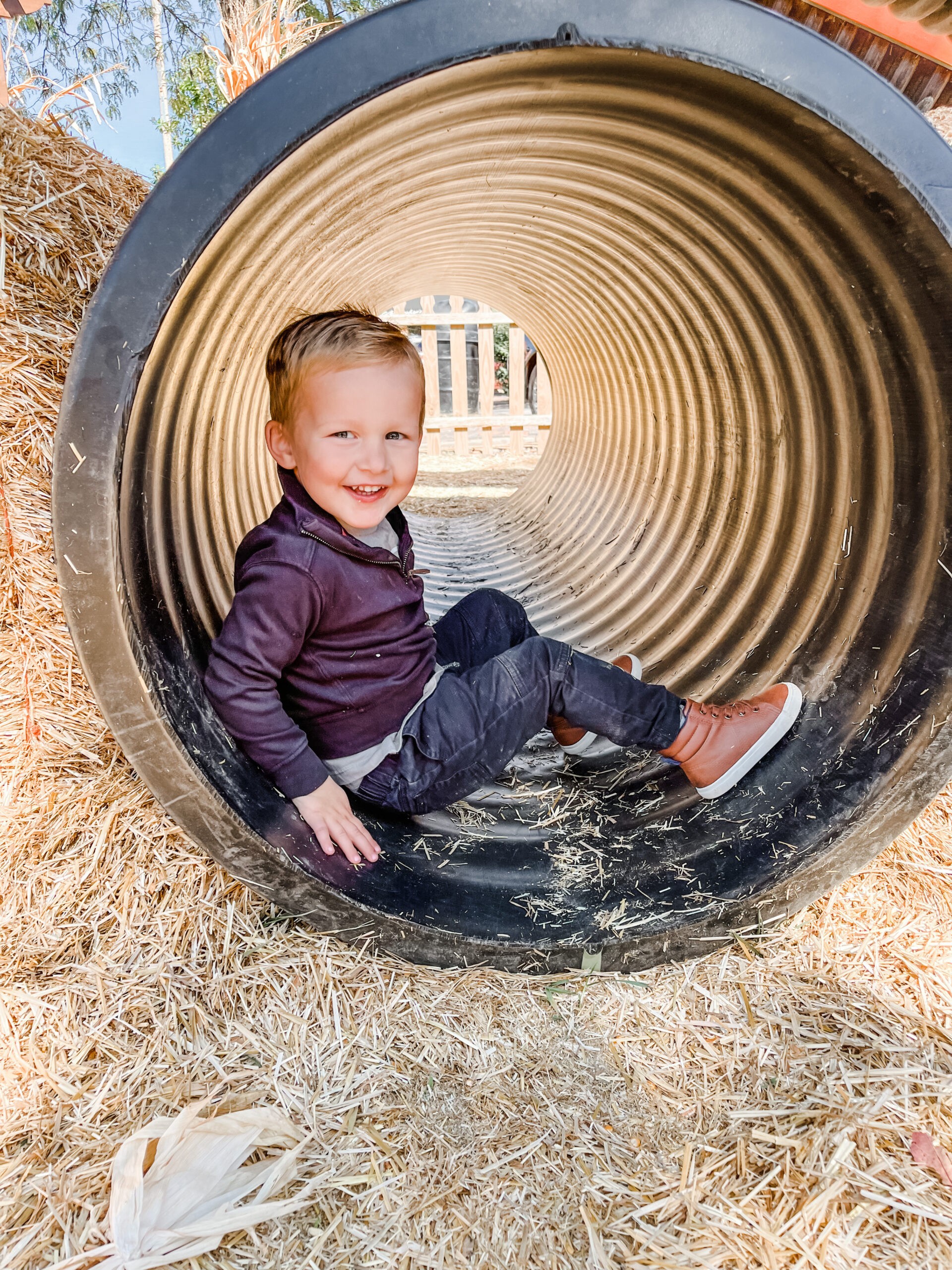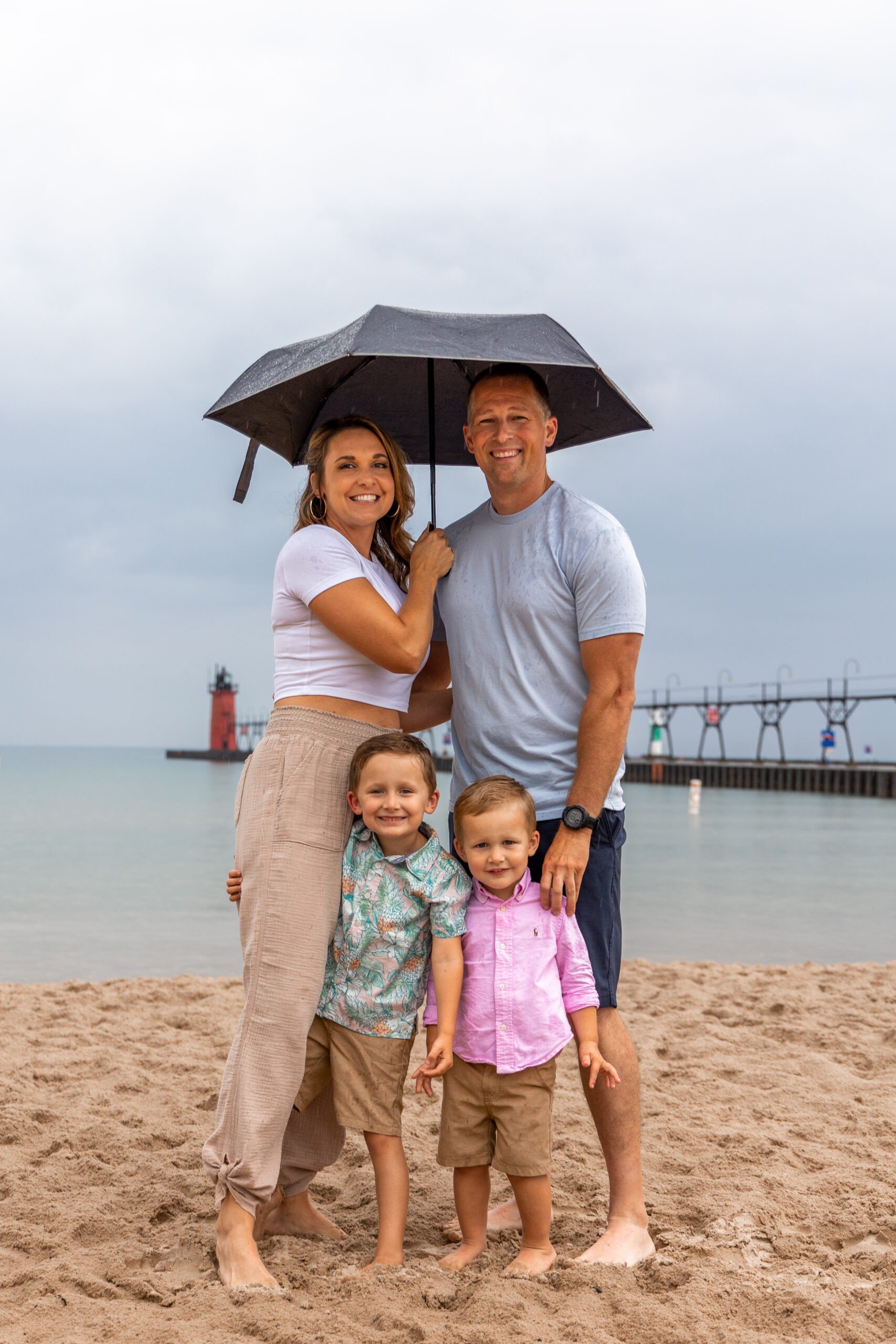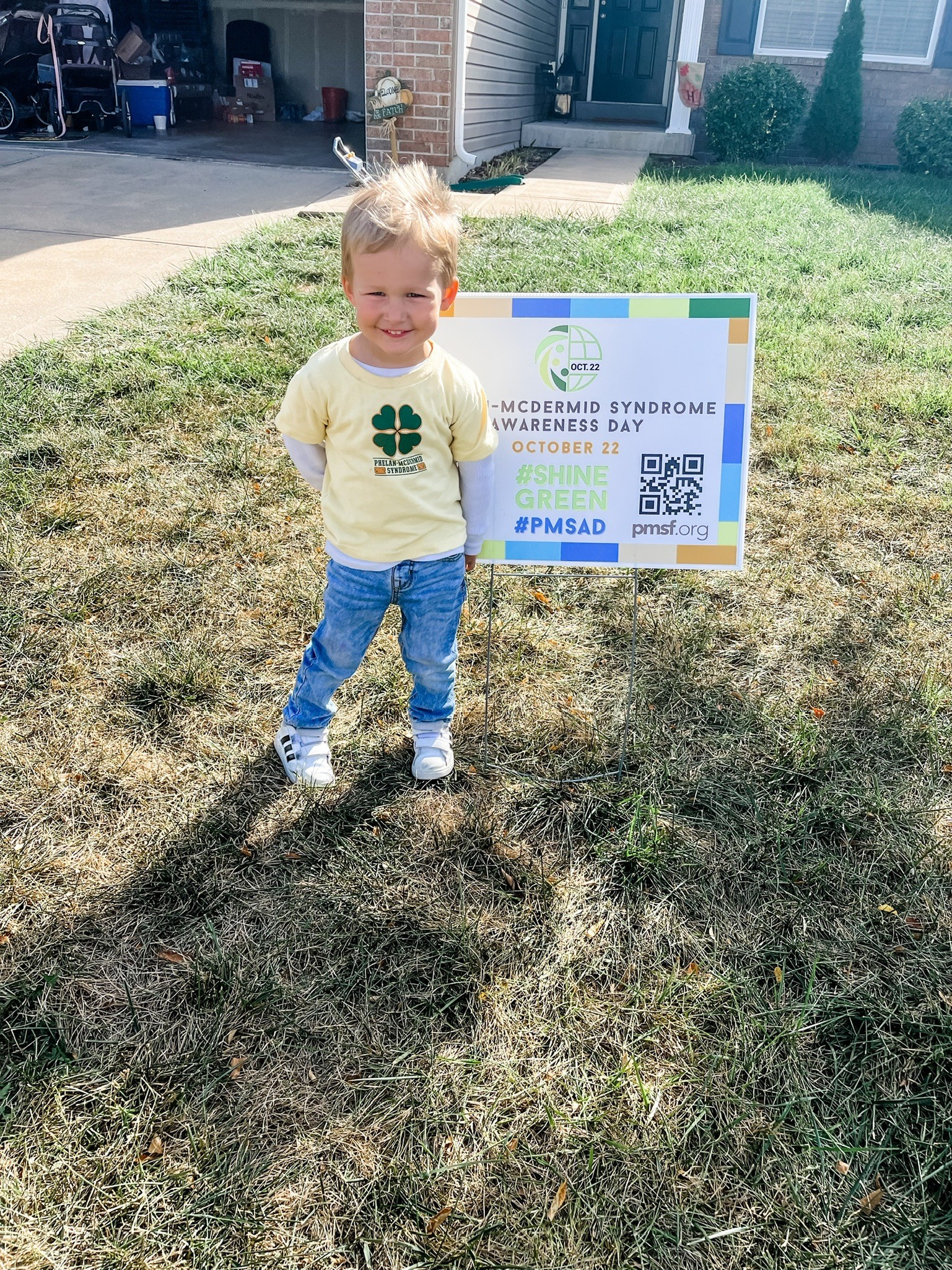by Courtney Henderson
My story, unfortunately, isn’t unique. My son is among the 30 million people in the U.S.—one in 10 Americans—diagnosed with a rare disease. If you ask other rare disease parents what it’s like to seek a diagnosis for their child, their experiences are likely similar to mine.
My son Luke is now three. A few months after he was born, I began to see developmental delays. Luke wasn’t sitting upright at seven months, he wasn’t walking or talking at 12 months, and he had low muscle tone at 18 months—so much so that he couldn’t chew his food.
As a mother, you know in your gut when something isn’t right with your child. I also had a nursing background, and I knew these delays weren’t normal. Luke was evaluated by pediatricians, neurologists and geneticists who repeatedly told us, “he’s fine, just a little behind.” “He’s fine; just wait it out.” “He’s fine, he just needs to catch up.” But he wasn’t fine, and he didn’t catch up.
Months into our search for answers, Luke was diagnosed with Phelan-McDermid Syndrome (PMS), a rare genetic disorder caused by a deletion of chromosome 22 in the SHANK3 gene. PMS can cause medical, intellectual, and behavioral challenges that vary from child to child. That diagnosis changed our family’s reality.
For many people getting a diagnosis is like placing a period where there used to be a question mark. A diagnosis equals answers, treatment options and a plan with which to move forward. For people with rare diseases, it’s the opposite. Luke’s diagnosis explained why he was experiencing developmental delays, but for him and the 3,000 people living with PMS there are few treatment options, more question marks and even fewer answers.
Luke can’t communicate when he needs a drink of water. He doesn’t feel pain and can’t tell if he’s hurt himself, so he requires 24/7 monitoring. Finding this level of care is challenging for rare disease families; while there may be childcare professionals trained for special needs, there is no Care.com for PMS.
Aside from genetic studies, which come with their own challenges and aren’t always a viable option, one of the only paths open for PMS patients is intensive various forms of therapy on a consistent and regular basis. To prevent him from falling further behind, this means a combination of speech, occupational and applied behavioral therapy six days a week. Without this schedule, Luke’s progress would stall because he needs constant teaching, reinforcement, and care to do small, simple things like color and eat. It’s not only daunting and cumbersome for Luke, but also for myself and my husband—who both work full-time jobs—and for my oldest son, who often finds his needs deferred due to his brother’s care schedule. Luke’s therapy and care requirements will persist for years to come, and we’ve accepted that he will likely never have the ability to be on his own.
The rarer the genetic disease, the smaller the community. It’s isolating. Friends and family try, but only those who have firsthand knowledge of what you’re going through understand. Since receiving Luke’s diagnosis, I searched for community, both online and in person, that shares the common ground of a lifetime caregiver. I then broadened my search to nonspecific special needs groups and family/mother support groups like Mother’s Rest. None provided me with the support I needed.
This all changed when my family attended the PMS Foundation’s Camp Meet-Up in San Antonio, Texas. Organized in partnership with another rare disease patient advocacy organization, Global Genes, this was the first time we were able to meet other families of PMS children in person. The weekend gathering brought understanding, acceptance, and allowed us to see what the future might hold for Luke. It was a relief to finally connect with others who truly “got it” after feeling alone for the last three years. It was, in a small way, that period we were looking for to replace the question mark.
Unfortunately, we don’t know if this gathering will happen again due to financial constraints. This is not unique to our family or our diagnosis. For many rare disease advocates, science and research are the main focus, but waiting rare disease families are in an impossible situation and hope only goes so far. Though resources are limited and investment is split across thousands of disease states, what’s needed is a coordinated effort from government that involves foundations, drug companies, research labs and patient groups to provide support and funding for science and community-based resources—which for those living with rare disease is just as critical as finding a cure.
There’s power in numbers. History has proven that when people come together in common purpose, change happens. With 30 million people living with rare diseases, we have the numbers to call for a moonshot that not only funds science, but also community support. When governments launch and support efforts like this, cures and treatments are more likely to be discovered. A rare-disease moonshot will save and support life, allowing people like Luke to grow up, go to college, travel the world, and have a family of their own.
That’s my greatest wish for my son. It’s one worth investing in.
Courtney Henderson is a nurse anesthetist. She currently lives in Wentzville, Missouri with her husband and two children.





Stay Connected
Sign up for updates straight to your inbox.
